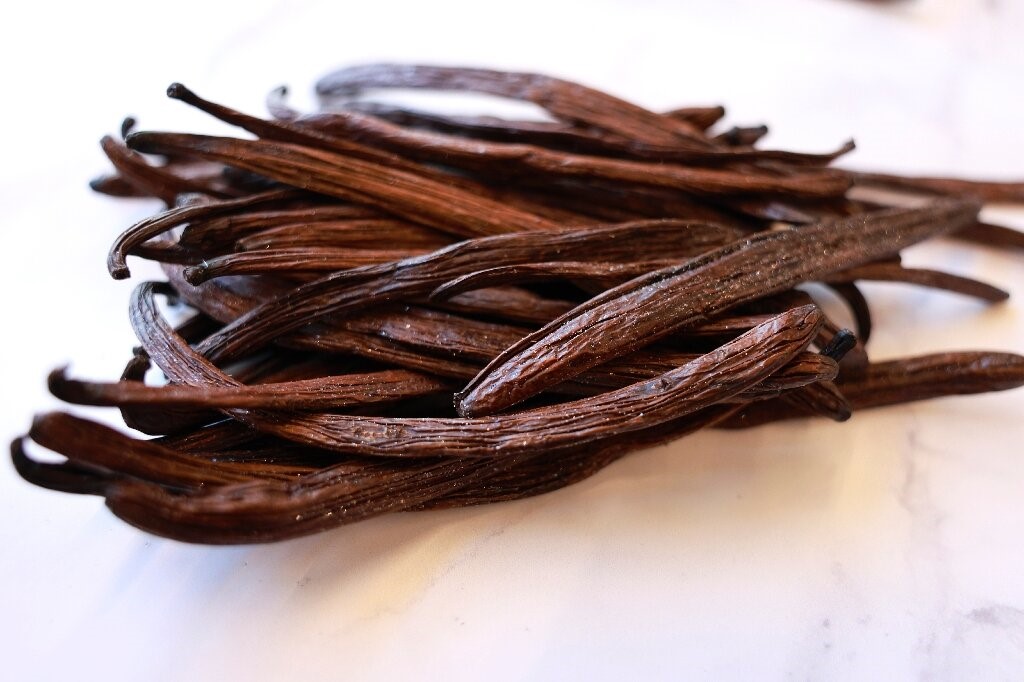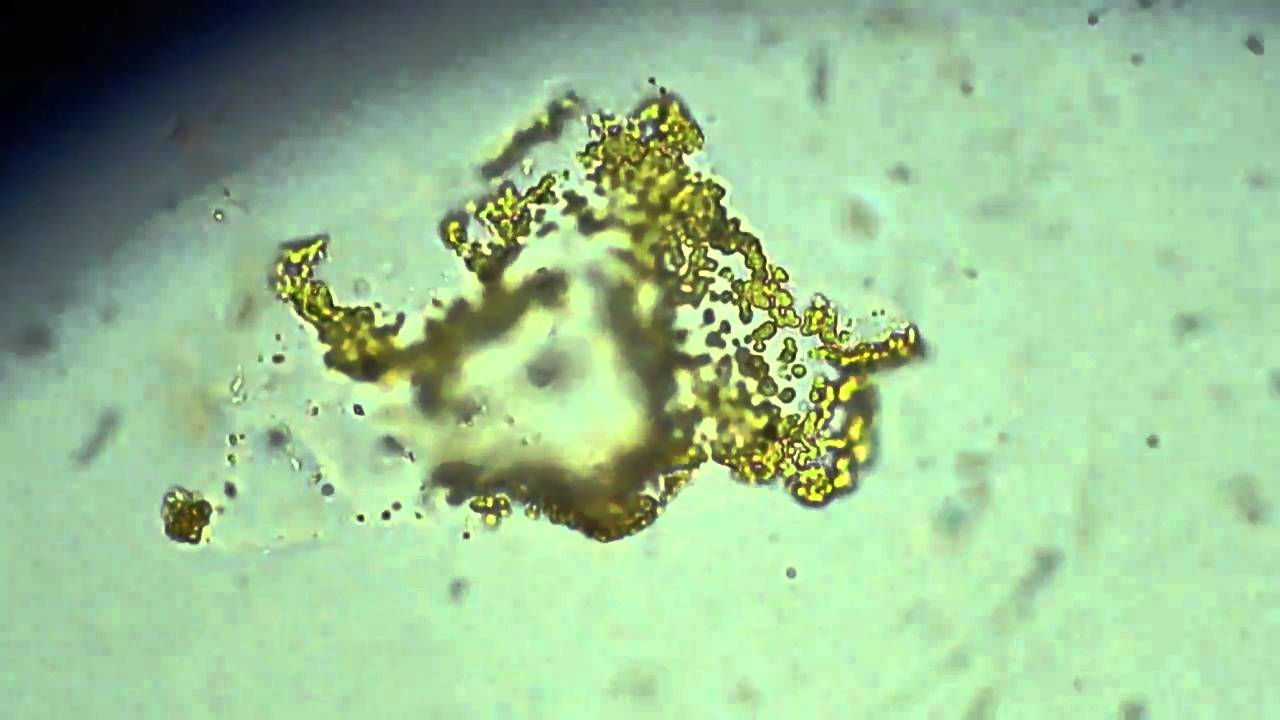
The chemical secrets behind vanilla's allure
Vanilla is one of the most popular spices in the world. It's also one of the most labour-intensive to produce.
Scientists report a profile of 20 key chemicals found in vanilla bean extracts, including several previously unknown ones, that together create vanilla's complex and enjoyable flavour.
Vanilla is the second-most expensive spice in the world. One of the reasons its flavour is developed during a curing process that takes up to nine months.
Two shortcuts are currently used to get around this long, drawn-out curing process. One is to speed it up with quick-curing methods that attempt to recreate the luscious natural vanilla flavour in a fraction of the time. Another is to make artificial vanilla, familiar to consumers as a less pricey alternative to the real thing.
But these types of products fall flat in terms of flavour because they both focus on vanillin. Quick curing attempts to maximize the amount of vanillin in the cured bean, whereas artificial vanilla contains only one flavouring agent—lab-made vanillin.
Though vanillin is an important part of a vanilla bean's flavour, the alternative products are missing many other flavour compounds that develop during the long, traditional curing process and that are essential to the distinctive vanilla taste.
To capture that complexity, researchers used an approach called untargeted flavoromics to pinpoint which chemicals in vanilla bean extracts are the most important for the overall aroma and taste. The researchers first made extracts from 15 beans they sourced from various countries and that were cured differently. To find out how people reacted to the flavour’s extracts.
The researchers identified 20 compounds that are the main drivers behind whether a person likes the flavour of a vanilla extract. Of these compounds, some, like vanillin, were expected. And several compounds important for the flavour were completely unknown.
The researchers have observed that the compounds have phenolic and aglycone parts. They also identified some compounds present in the extracts that made people dislike the flavour. One example is anisaldehyde, which has a floral aroma.
The work could help manufacturers and farmers develop better-tasting vanilla and improve quick-curing methods.
 English
English Arabic
Arabic


